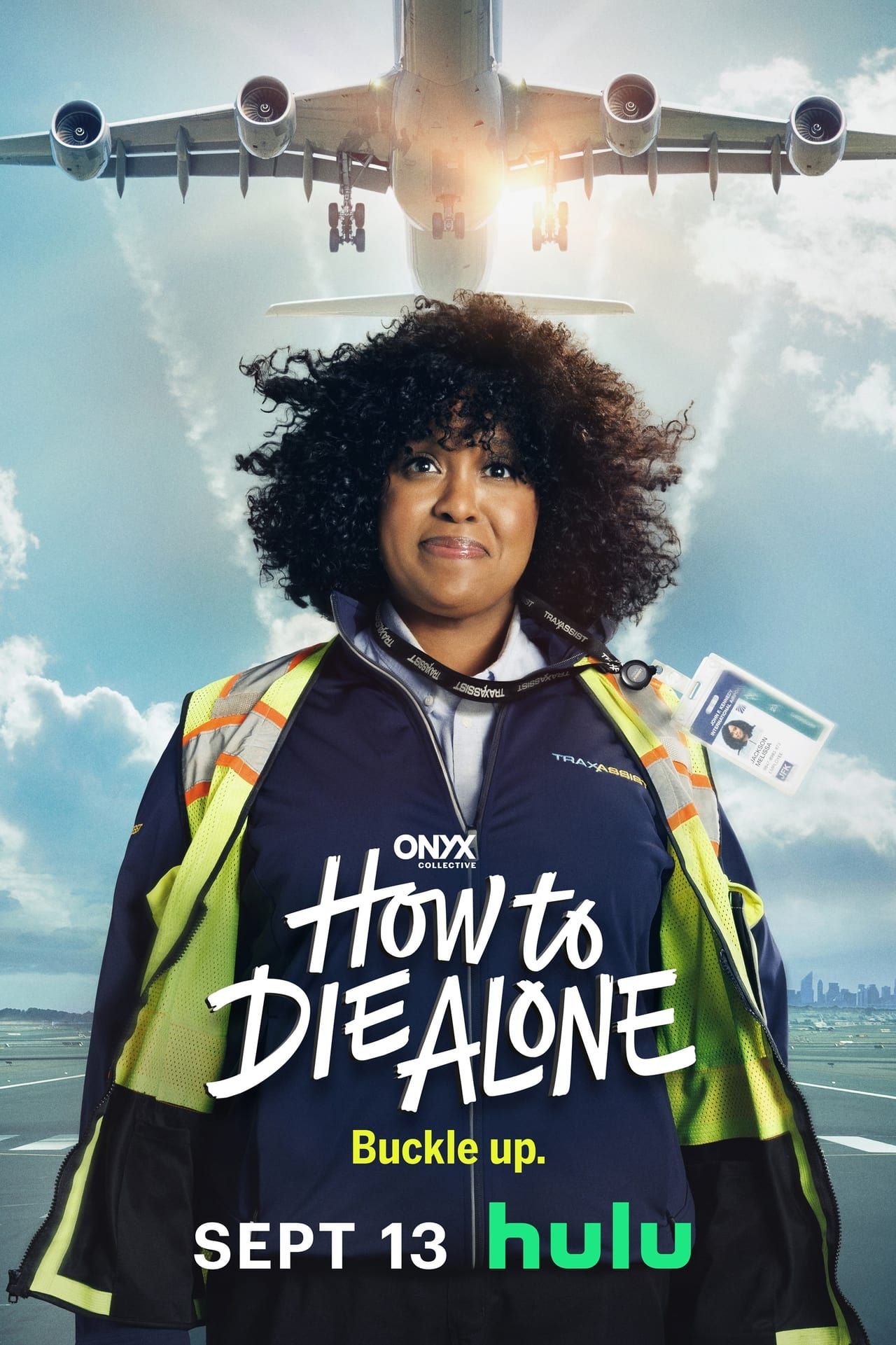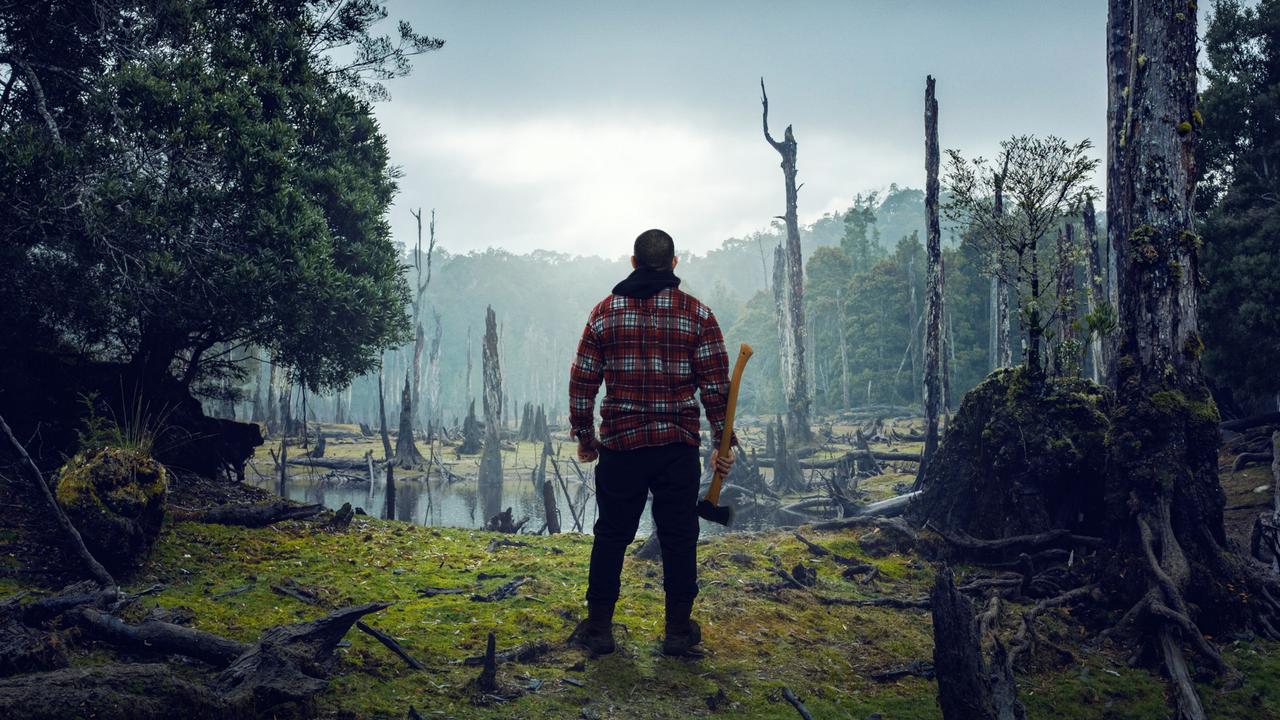Alone TV Show Death: Exploring The Dark Side Of Survival
When you think about survival shows, the first thing that comes to mind is people battling nature, pushing their limits, and proving they’ve got what it takes to survive. But behind the scenes of Alone TV show, there’s a darker side that many don’t talk about. The reality of survival isn’t just about finding food or building shelter—it’s also about the mental toll, physical exhaustion, and sometimes, even death. Today, we’re diving deep into the world of Alone TV show death, uncovering the truth behind the scenes and what it really means to face life or death in front of the cameras.
Now, you might be wondering why we’re talking about death in a show that’s supposed to be all about survival. Well, here’s the thing: survival isn’t all sunshine and rainbows. It’s brutal, raw, and unpredictable. And while Alone has gained massive popularity for its intense challenges, there’s a side of the story that deserves attention—the risks involved and the consequences of pushing human limits.
In this article, we’ll explore everything from the show’s format to the real-life dangers participants face. We’ll also shed light on the controversial moments, the psychological impact, and why some situations can escalate to life-threatening levels. So, if you’re ready to uncover the untold stories of Alone TV show death, keep reading because this is going to get wild!
Read also:Ximena Sanezz Unveiling The Talented Content Creator
Table of Contents
- Overview of Alone TV Show
- Format and Rules of the Show
- Biographies of Key Participants
- Mental Health Challenges
- Physical Risks and Injuries
- Death Incidents in Survival Shows
- Production’s Responsibility
- Safety Measures in Place
- Ethical Concerns and Controversies
- Conclusion
Overview of Alone TV Show
The Alone TV show is not your average reality series. It’s a hardcore survival competition where contestants are dropped into remote wilderness locations with minimal supplies. The goal? To outlast everyone else and prove they’ve got the skills to survive in the harshest conditions. The show has gained a massive following because it’s not just about physical endurance—it’s a test of mental strength, creativity, and resilience.
But let’s be real, folks. Survival isn’t all about who can catch the biggest fish or build the coolest shelter. There’s a lot more at stake, and sometimes, the stakes are life or death. The show’s intense format has sparked debates about the risks involved, especially when it comes to the participants’ safety. In this section, we’ll break down the basics of the show and why it’s become such a phenomenon.
Why Alone Stands Out
Unlike other survival shows, Alone doesn’t have producers yelling at contestants or setting up artificial challenges. It’s all about real-world survival, and that’s what makes it so captivating. Contestants are left alone (hence the name) to fend for themselves, and the cameras are there to capture every moment. But this hands-off approach also means that the risks are higher, and the consequences of mistakes can be severe.
Format and Rules of the Show
So, how exactly does Alone work? Here’s the deal: participants are given a basic kit, which includes things like a knife, a pot, fishing line, and a tarp. That’s it. No fancy gadgets, no luxury items—just the bare essentials. They’re then dropped into some of the most unforgiving environments on the planet, like the Canadian wilderness or the Alaskan tundra. The goal is simple: survive as long as possible.
Each day, contestants have to face the elements, find food, and deal with the psychological toll of isolation. The show doesn’t interfere, meaning participants are truly on their own. And if they quit, they forfeit their chance to win the cash prize, which can range from $50,000 to $750,000, depending on the season.
Key Rules of the Show
- Participants must survive using only the items in their kit.
- No outside help is allowed unless it’s a medical emergency.
- Contestants can quit at any time by signaling for extraction.
- The last person standing wins the grand prize.
Biographies of Key Participants
Before we dive deeper into the dangers of Alone TV show death, let’s take a moment to meet some of the key players who’ve made the show what it is today. These individuals are more than just contestants—they’re survival experts, outdoor enthusiasts, and sometimes, even former military personnel. Below is a quick overview of a few notable participants:
Read also:Louis Ck And Alix Bailey A Detailed Exploration Of Their Lives And Careers
| Name | Age | Occupation | Notable Achievements |
|---|---|---|---|
| Mike Liu | 39 | Survivalist | Won Season 9 with a record-breaking 96 days |
| Martin Rennie | 45 | Outdoor Educator | Survived 73 days in Season 8 |
| Joshua Bernstein | 42 | Author and Survival Expert | Known for his innovative survival techniques |
Mental Health Challenges
One of the biggest challenges in Alone isn’t just the physical aspects—it’s the mental game. Imagine being completely isolated for weeks or even months. No human interaction, no distractions, just you and nature. It’s enough to drive anyone crazy. Many contestants have reported experiencing symptoms of depression, anxiety, and even hallucinations during their time on the show.
The psychological toll of survival is often overlooked, but it’s a crucial part of the equation. In extreme situations, the mind can play tricks on you, and that’s where the real danger lies. Some participants have pushed themselves to the brink, and while the show does have safety measures in place, the mental strain can sometimes lead to unexpected outcomes.
Signs of Mental Distress
- Increased irritability or mood swings
- Difficulty concentrating or making decisions
- Feelings of hopelessness or despair
- Paranoia or distrust of others
Physical Risks and Injuries
Of course, the physical risks of Alone TV show death are just as significant. Contestants are exposed to harsh weather conditions, dangerous wildlife, and the constant threat of injury. Even something as simple as cutting wood can lead to serious cuts or infections. And let’s not forget about hypothermia, dehydration, and starvation—all very real threats in the wilderness.
While the production team does its best to ensure safety, accidents can and do happen. Injuries have been reported in several seasons, ranging from minor cuts to more serious conditions like broken bones or heatstroke. The question is, how far is too far when it comes to pushing the limits of human endurance?
Common Injuries in Survival Shows
- Cuts and lacerations from tools
- Burns from campfires or cooking
- Animal bites or stings
- Hypothermia or heatstroke
Death Incidents in Survival Shows
Now, here’s where things get really serious. While Alone itself hasn’t had any confirmed deaths, other survival shows have seen tragic incidents. In 2019, a contestant on the show Dual Survival died during filming after suffering a heart attack. It’s a stark reminder that these shows aren’t just entertainment—they’re high-stakes adventures with real consequences.
The question is, could something like this happen on Alone? The answer is yes. The show’s format puts participants in extreme situations, and while the production team does its best to mitigate risks, accidents can still occur. It’s a fine line between pushing limits and endangering lives, and the show has faced criticism for how far it pushes its contestants.
Lessons Learned from Tragic Incidents
Tragic incidents in survival shows have led to increased scrutiny of safety protocols and production practices. It’s a wake-up call for everyone involved, reminding us that the stakes are real and the consequences can be severe. The industry has made strides in improving safety measures, but there’s always room for improvement.
Production’s Responsibility
So, who’s responsible for ensuring the safety of contestants? That responsibility falls squarely on the shoulders of the production team. They’re the ones who set the rules, choose the locations, and monitor the participants throughout the show. While Alone has a reputation for being hands-off, that doesn’t mean they’re completely detached from the situation.
The production team has a duty to ensure that contestants are aware of the risks involved and that proper safety measures are in place. This includes having medical personnel on standby, monitoring weather conditions, and providing emergency extraction if needed. It’s a delicate balance between creating an authentic survival experience and ensuring the safety of everyone involved.
Safety Measures in Place
Despite the risks, Alone does have several safety measures in place to protect its contestants. For example, participants are given medical check-ups before and after the show, and they’re required to undergo survival training. The production team also monitors the weather and can intervene if conditions become too dangerous.
Additionally, contestants have access to emergency beacons, which they can use to signal for extraction if needed. While these measures aren’t foolproof, they do provide a level of security that’s essential in such a high-risk environment. The show’s producers have stated that safety is their top priority, but critics argue that the format itself is inherently dangerous.
Ethical Concerns and Controversies
The topic of Alone TV show death raises several ethical concerns. Is it ethical to push people to their limits in the name of entertainment? Should contestants be required to sign waivers that absolve the production company of liability? These are questions that have sparked heated debates among fans and critics alike.
Some argue that the show exploits vulnerable individuals, while others believe it’s a legitimate test of human endurance. The truth is, there’s no easy answer. What’s clear, however, is that the industry needs to continue evolving to ensure that contestants are protected without compromising the authenticity of the show.
Conclusion
In conclusion, Alone TV show death is a topic that deserves attention and discussion. While the show has captivated audiences worldwide with its intense challenges and dramatic moments, it’s important to remember that the risks are real. Contestants face not only physical dangers but also mental and emotional challenges that can have lasting effects.
As fans, we have a responsibility to hold the production team accountable and demand transparency when it comes to safety protocols. And as participants, it’s crucial to weigh the risks and rewards before signing up for such a demanding experience. So, what do you think? Is Alone pushing the boundaries too far, or is it just another example of human resilience in action? Let us know in the comments below, and don’t forget to share this article with your friends!


